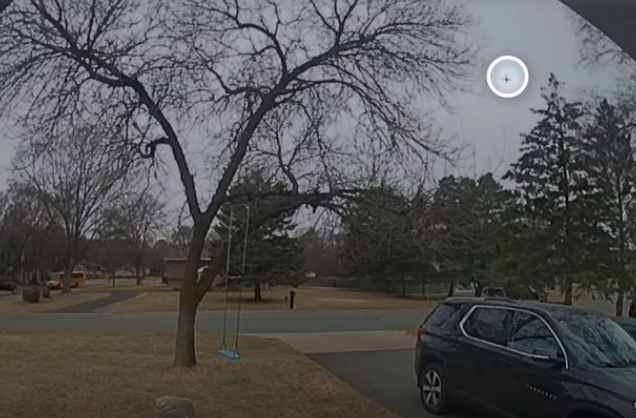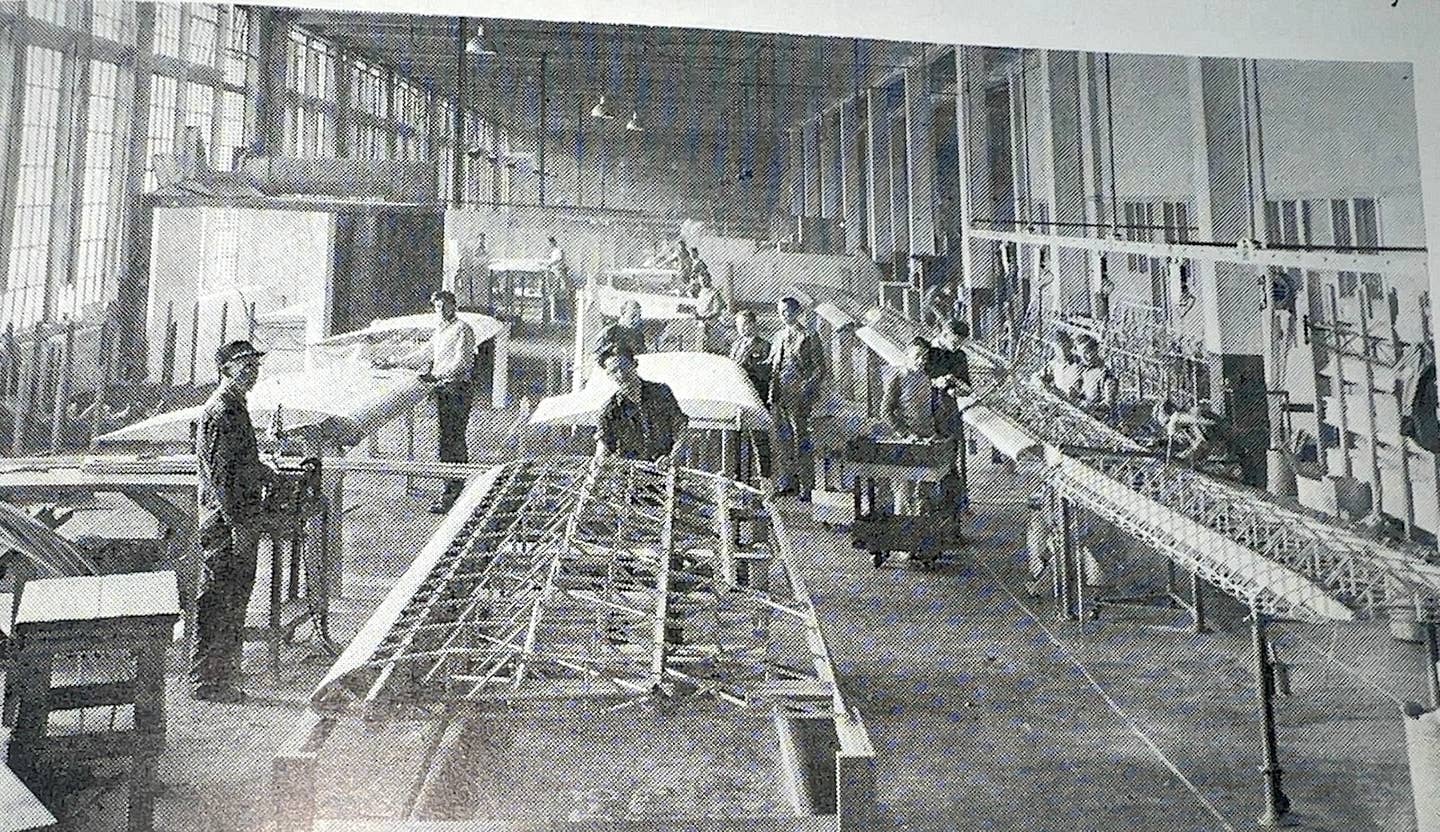General Aviation Accident Bulletin, July 31, 2023
AVweb’s General Aviation Accident Bulletin is taken from the pages of our sister publication, Aviation Safety magazine. All the reports listed here are preliminary and include only initial factual findings…

Aviation Safety Accident Bulletin
AVweb's General Aviation Accident Bulletin is taken from the pages of our sister publication, Aviation Safety magazine. All the reports listed here are preliminary and include only initial factual findings about crashes. You can learn more about the final probable cause on the NTSB's website at www.ntsb.gov. Final reports appear about a year after the accident, although some take longer. Find out more about Aviation Safety at www.aviationsafetymagazine.com.
April 18, 2023, Miami, Fla.
Rockwell International 112
The airplane was substantially damaged at 0913 Eastern time when its right landing gear collapsed after landing. The solo private pilot was not injured. Visual conditions prevailed.
In preparation for landing, the pilot extended the landing gear and confirmed all three gear-down indicator lights were illuminated. After the airplane touched down, the right main landing gear “appeared to collapse.” The airplane veered off the runway and came to rest on the grass. Examination of the airplane revealed a small amount of hydraulic fluid in the hydraulic reservoir. The landing gear was then tested, but due to a lack of hydraulic pressure, the gear would not extend or retract. Hydraulic fluid was then added to the system and the gear was tested again, and the gear moved through its full extension and retraction cycle. However, hydraulic fluid was observed leaking from the hydraulic power pack. The pack had been recently overhauled and installed about 1.5 hours prior to the accident.
April 18, 2023, London, Ohio
Cessna 172N Skyhawk
At 1820 Eastern time, the airplane was substantially damaged when it collided with terrain short of the intended runway. The flight instructor and student pilot were fatally injured. Visual conditions prevailed.
The wreckage was located one foot from the beginning of Runway 27, inverted. It impacted left-wing-low, nose-down, in a nearly vertical attitude. Preliminary FAA radar data show the airplane was decelerating during the final approach leg. About 150 feet from the runway, the airplane’s groundspeed was 46 knots; the published stall speed with full flaps extended was 44 knots CAS. The reported winds at the airport 15 minutes after the accident were from 280 degrees at 16 knots, gusting to 19 knots.
April 24, 2023, La Porte, Texas
Maule MXT-7-180
The airplane was substantially damaged at about 0846 Central time during an off-airport landing following engine failure. The pilot sustained serious injuries. Visual conditions prevailed.
Airborne witnesses reported hearing the pilot report engine problems immediately after taking off from Runway 05 and say he was returning to the airport. The airplane was observed in a left turn and appeared to be lining up for Runway 23. Then it made a “teardrop” left turn and descended to the ground, coming to rest some 300 feet from the runway threshold. Weather observed about six miles from the accident site included a temperature dewpoint spread of 14/09 Celsius. According to the carburetor icing probability chart, the air-plane was operating within a range conducive to serious carburetor icing at any power setting.
April 26, 2023, Watkinsville, GA
Cessna 177B Cardinal
At about 1425 Eastern time, the airplane was destroyed when its airframe failed. The private pilot and the pilot-rated passenger were fatally injured. Instrument conditions prevailed; an IFR flight plan was in effect.
Approaching the destination, ATC provided several vectors for traffic management. When the airplane was observed descending from 4000 feet MSL, the low-altitude alert activated and ATC issued a safety alert, instructing the pilot to maintain 3000 feet. The pilot read back the altitude, and then ATC instructed the pilot to fly heading 270 degrees. There were no further transmissions from the accident airplane; radar contact was subsequently lost.
The right wing had separated in flight, at approximately the mid-length section of the right flap, coming to rest in a wooded area about 988 feet west of the main wreckage.
This article originally appeared in the July 2023 issue of Aviation Safety magazine.
For more great content like this, subscribe to Aviation Safety!






